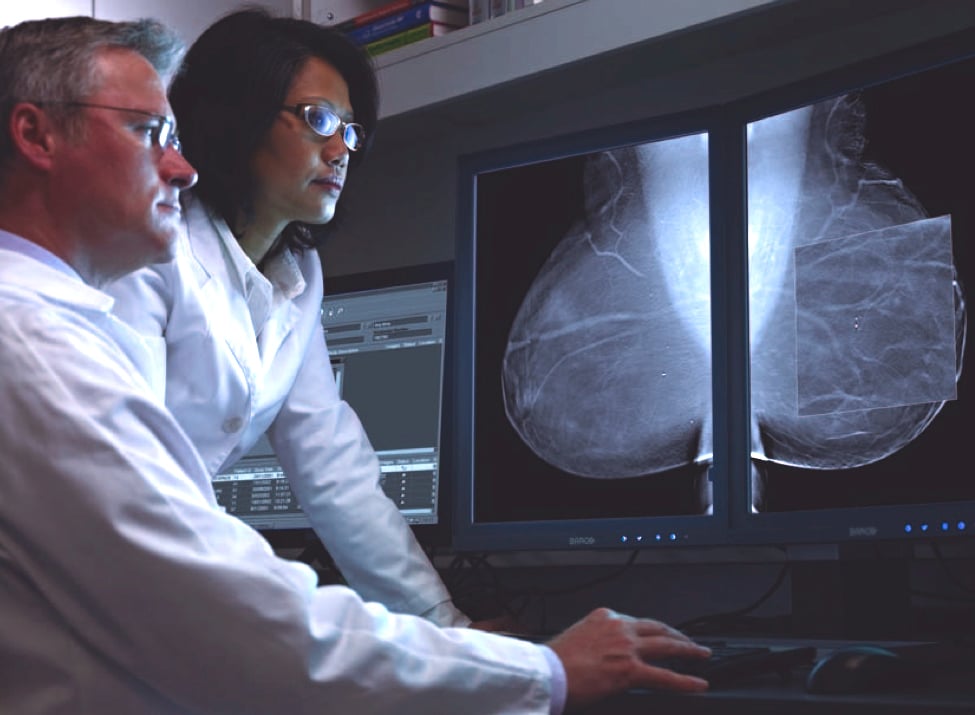
January 14, 2015 — Patients who receive breast tomosynthesis for their annual breast cancer screening experienced fewer recalls, fewer diagnostic procedures, earlier detection and required less costly treatment than patients who utilized traditional, 2-D digital imaging alone, according to a new study by Truven Health Analytics.
The study, Value Analyses of Digital Breast Tomosynthesis for Breast Cancer Screening in a Commercially-Insured U.S. Population, was published in the January edition of the Journal of ClinicoEconomics and Outcomes Research. In order to evaluate the bottom line impact of the breast tomosynthesis procedure, researchers developed an economic model based on real-world health insurance claims data and published clinical data that compared healthcare spending on women who received breast tomosynthesis in conjunction with a traditional 2-D digital mammogram versus those who received only the traditional 2-D digital mammogram.
Following were some of the study’s key findings:
- Savings in the Millions for Large Populations: Despite the initial extra cost for breast tomosynthesis, patients who received the procedure in addition to traditional imaging saved an estimated $28.53 per woman screened, or $0.20 savings per member per month, in follow-up service costs. Assuming a plan population of one million patients, an overall cost savings to the plan would be roughly $2.4 million per year.
- More Patients Diagnosed in Stage 1 with Breast Tomosynthesis: A large factor in reducing service costs was that breast tomosynthesis enables earlier detection of cancer. As a result, women were more likely to be treated in Stage 1 of the disease, which required less invasive procedures and lower costs than diagnosis at a later stage.
“There are over 39 million mammograms each year in the United States,” said Machaon Bonafede, Ph.D., MPH, outcomes research director and lead author of the study at Truven Health Analytics. “With approximately one in seven women receiving additional diagnostic imaging following 2-D digital screening mammography, the adoption of breast tomosynthesis presents an opportunity for delivering value-based care by potentially reducing costs to payers and reducing patient burden associated with unnecessary follow-up care.”
Co-author Jeffrey Miller, MS, director of economic modeling at Truven Health, added, “To our knowledge, this is the first paper published on this topic and it is particularly timely as breast tomosynthesis screening becomes more mainstream. The economic findings from our analyses suggest that breast tomosynthesis is producing positive outcomes for both cost and quality.”
For more information: www.truvenhealth.com


 December 08, 2025
December 08, 2025 








